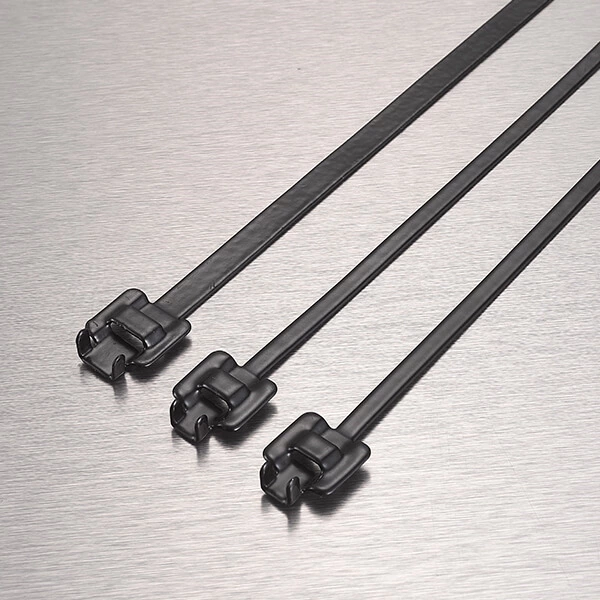How To Untie The Self-locking Stainless Steel Cable Ties?
Stainless Steel Cable Tie is a common fixing and binding tool. However, for some people who are not familiar with its use, it may cause some troubles during use, especially when they need to untie the cable tie, they may not know how to untie it. This article will introduce the untie method of the cable tie in detail to help readers better use and operate the cable tie.
Structure and type of cable tie:
Self-locking stainless steel cable ties usually consist of two parts: stainless steel belt and lock head. The stainless steel belt is the main part, generally a thin and strong stainless steel belt strip; the lock head is used to fix the end of the stainless steel belt to form a loop or bundle the object.
According to different usage requirements, cable ties can be divided into two types: self-locking and ball buckle. Self-locking cable ties use a self-locking mechanism, which will automatically lock when tightened, while ball buckle cable ties require manual operation of the lock head.
How to untie the cable tie:
1. Observe the direction of the lock head: Observe the direction of the lock head of the stainless steel cable tie. Usually there is a small groove or depression on the lock head, which is used to push the self-locking mechanism of the cable tie. Make sure you can see this groove.
2. Use flat-nosed pliers: Use a pair of flat-nosed pliers to clamp the lock of the cable tie, making sure the tip of the pliers is above the groove of the lock.
3. Turn counterclockwise: Use the flat-nosed pliers to turn counterclockwise to push the self-locking mechanism of the cable tie. At the same time, use your other hand to gently pull one end of the cable tie to gradually loosen it.
4. Untie slowly: Continue to turn the flat-nosed pliers counterclockwise and pull one end of the cable tie with your hand until the cable tie is completely loosened.
When untying self-locking stainless steel cable ties, be especially careful not to use too much force to avoid hurting yourself or damaging the cable tie. High-strength cable ties are a more durable cable tie used in some special occasions. During the untying process, due to its harder material, more strength and patience may be required.
Precautions:
Be careful when untying the cable tie to avoid pulling the cable tie too quickly or too hard to avoid rebounding or other unexpected situations.
Stay stable when using flat-nosed pliers or screwdrivers to avoid the tool slipping and injuring your fingers.
When untying the cable tie, pay special attention to the surrounding environment to ensure that no other people or objects are affected.
Cable ties are generally used once. Do not reuse them after untying to ensure the reliability and safety of the cable tie.
Self-locking stainless steel cable ties are a common and practical fixing tool. When untying them, we all need to operate carefully to ensure safe untying and properly dispose of discarded cable ties. Reasonable use and untying of cable ties will help improve work efficiency and ensure work safety.



